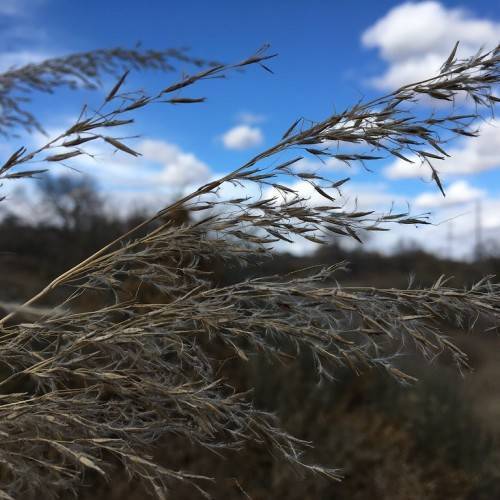
Indian grass
Sorghastrum nutans
Cycle:
Perennial
Watering:
Minimum
Hardiness Zone:
4 - 9
Flowers:
Flowers
Sun:
Full sun Partial sun
Soil:
Sandy Loamy Clay Rocky
Fruits:
Fruits Ready In Fall
Leaf:
Yes
Growth Rate:
High
Maintenance:
Moderate
Salt Tolerant:
Yes
Care Level:
Medium
watering
When watering Indian grass, drench the root zone with about 1-2 inches of water. As Indian grass is native to the prairie, it thrives with regular maintenance. Water early in the morning to help avoid evaporation and to allow the soil to dry in the light of the day. Avoid watering the leaves as this will encourage fungal diseases. Indian grass should be watered once a week on average, but if there is high heat or very little rain, you should increase watering to twice per week. However, during the winter months, you can reduce watering to once a month. Overall, Indian grass should be watered deeply and infrequently. Monitor the soil moisture to know exactly when and how much to water.
sunlight
Indian grass (Sorghastrum nutans) receives the best sunlight when placed in an area with full sun. This hearty grass likes to get around 5 to 8 hours of direct sunlight every day. Too much direct sun will cause the plant to wilt and become weak. Additionally, the plant does well with partial sunlight throughout the day as well. When it comes to placing the plant in specific areas of your home, direct sunlight exposure from around mid-morning until mid-afternoon is best to keep your Indian grass growing healthy and strong.
pruning
Indian grass (Sorghastrum nutans) should generally be pruned in early spring before new growth starts. This will help ensure its long-term health and encourage more vigorous growth. Pruning can be done using hand shears or an electric trimmer. If using a trimmer, set it to a shorter setting for best results. When trimming, be sure to remove any dead or dying leaves and stems. Pruning can also be done to shape the grass, or to remove any weak or diseased stalks. Prune a maximum of 1-third of the total growth, and make sure to leave some longer stems for additional seed production. Doing this light pruning annually will help Indian grass stay healthy and look its best.
